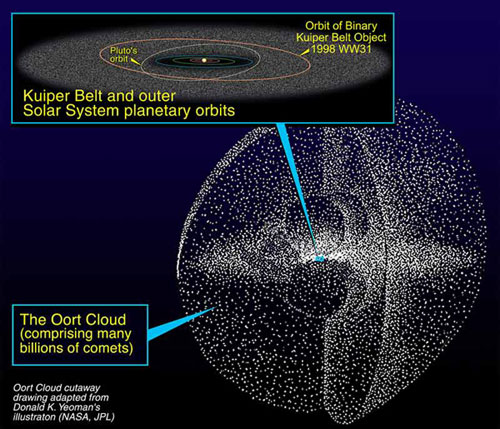المشاركة الأصلية بواسطة feras
مافيش حد أحسن من حد..هههه

We are equal now
however thanks for the correction
regards

 !!
!!
























 !!
!! The ending was interesting,too
The ending was interesting,too



 !!
!! The ending was interesting,too
The ending was interesting,too


 I'm very grateful to you dear sister Fatima
I'm very grateful to you dear sister Fatima

 If Allah wanted Insha-Allah
If Allah wanted Insha-Allah





| المواضيع | إحصائيات | آخر مشاركة | ||
|---|---|---|---|---|
|
بكاء الصحابة بنشيج في المسجد النبوي على كسر ضلع الزهراء ع وإسقاط جنينها بما صح سنده عند السنة والشيعة
بواسطة وهج الإيمان
أنشئ بواسطة وهج الإيمان, يوم أمس, 10:12 AM
|
ردود 0
14 مشاهدات
0 معجبون
|
آخر مشاركة
بواسطة وهج الإيمان
يوم أمس, 10:12 AM
|
||
|
أنين الزهراء قبل خطبتها نتيجة ضرب عمر ومن معه وما نتج عنه من كسر ضلعها وإسقاط جنينها بسند معتبر
بواسطة وهج الإيمان
أنشئ بواسطة وهج الإيمان, 16-09-2025, 02:15 AM
|
استجابة 1
45 مشاهدات
0 معجبون
|
آخر مشاركة
بواسطة وهج الإيمان
22-09-2025, 12:52 AM
|
تعليق